Local Communities Are Essential to Improving Internet Mapping, Say Broadband Breakfast Experts
February 3, 2021 – Gathering data at the community level is key to improving broadband mapping, industry experts said during Wednesday’s Broadband Breakfast Live Online event on the need for state and local engagement to improve broadband mapping. “Accurate data is important to mapping.” said Peggy
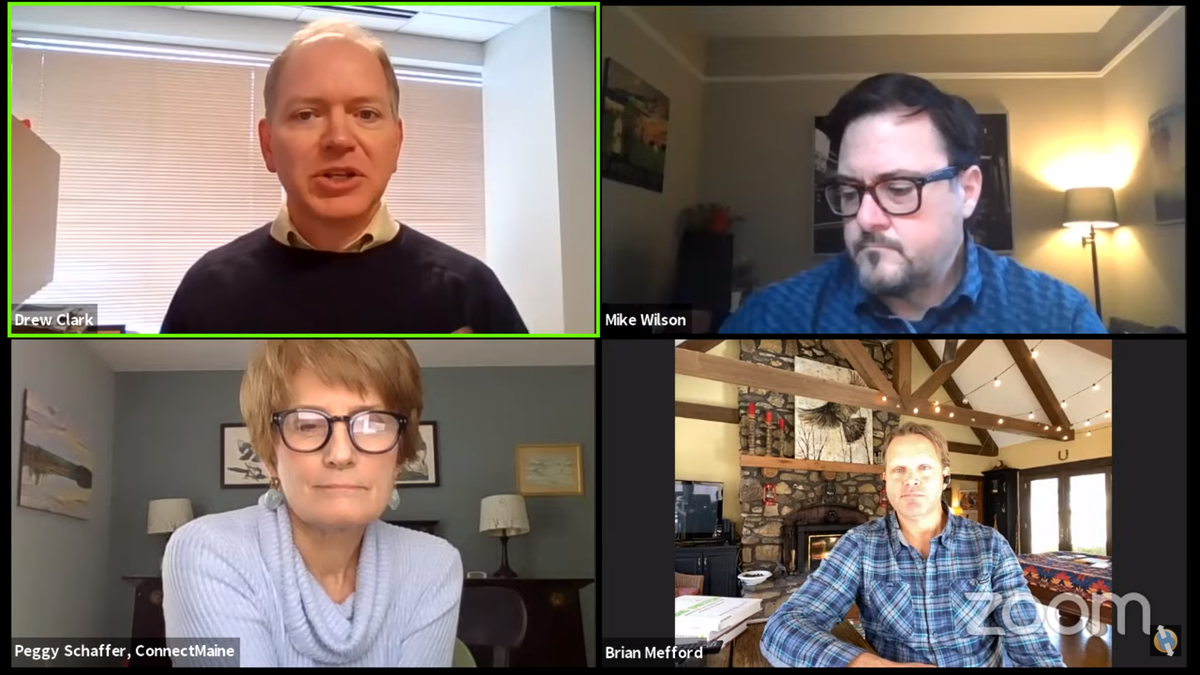
February 3, 2021 – Gathering data at the community level is key to improving broadband mapping, industry experts said during Wednesday’s Broadband Breakfast Live Online event on the need for state and local engagement to improve broadband mapping.
“Accurate data is important to mapping.” said Peggy Schaffer, executive director at ConnectMaine, a state office facilitating broadband access. “Information is power.”
“Right now, that power is in the hands of [internet service providers, and] we need to bring that power to communities,” she said. Communities want to know where they are not getting broadband service, but they currently don’t have access to that data.
CostQuest’s Mike Wilson agreed: “Community level planning is critical and is the best practice,” he said. “If you want a sustainable mapping program that leads to closing the digital divide, it has to be at the community level,” he said.
“I am more convinced than ever about the importance and central role that states need to play in broadband mapping,” said Vetro Fiber’s Brian Mefford, “Every state should have the opportunity to play that central role, so as more stimulus comes down the pipe and more legislation is considered, that’s going to be key to the success of these efforts,” he said.

Wilson also talked about CostQuest’s broadband fabric that enables location-specific information about service-level availability.
Precise location data allows government funding to go to actual unserved areas, not areas that might be unserved because assessments were based on old or inaccurate data, he said.
In August 2019 the Federal Communications Commission began its Digital Opportunity Data Collection program, improving on the Form 477 that the FCC continues to use to gather broadband data since it began collecting data around 2000, shortly after doing so was called for by the Telecom Act of 1996.
The Broadband Deployment Accuracy and Technological Availability (DATA) Act in March 2020 largely ratified the approach that the FCC was taking, and the December 2020 appropriations package unlocked funding to effectively implement the new mapping system.
The FCC finalized the rules for the system on January 19. It is aimed at improving data gathering and moving toward a new fabric-like system.
Local level officials must be involved in data-gathering and community partnerships
The panelists on the Broadband Breakfast program agreed that data gathering is most effective at the local level with communities and partnerships.
Schaffer discussed partnerships with other communities and institutions such as healthcare or economic development organizations. Maine, Washington, and other states, are also “crowdsourcing” broadband connection data in order to measure connection speeds, and to verify who is and who is not connected.
Crowdsourcing requires lots of partners and outreach in order to build a large, effective dataset that accurately maps broadband access, she said.
The panel also touched upon the FCC’s definitional threshold for broadband: 25 Megabits per second (Mbps) download /3 Mbps upload. Wilson said states have used different thresholds: 25/25, 100/100, or even all the way up to 1000/1000 Mbps, or a symmetrical Gigabit connection.
“States are starting to critically look at that already before the feds do,” Wilson said. “I see that in the immediate horizon that will be adjusted,” he said.
Time to pay as much attention to upspeed as to downspeed
For her part, Schaffer emphasized the importance of upload speed, and not just download speed. First, it’s how technology is driven. Second, “Upspeed is how we as citizens who use this service provide information back in, how we talk to the world,” she said.
“Downspeed is consumer, upspeed is creation,” she said. “If we connect everyone in this country and all they do is watch Netflix with it, we have not done the economic purpose that broadband can do.” People should be “part of the conversation,” and not just consumers.
States’ and local community’s participation in broadband speed thresholds can allay the perceived concern of some that federal funding goes to “overbuild” in areas in which some measure of broadband is already available, Mefford said.
Wilson concluded the panel by highlighting the work that has been done to improve broadband mapping. We are on the cusp, he said, of “getting broadband mapping and data to the point where it is more closely reflecting the experience of consumers on the ground.”
This discussion is just one of a five-part event series, “Tools for Broadband: Preparing for Success,” on Broadband Breakfast Live Online.
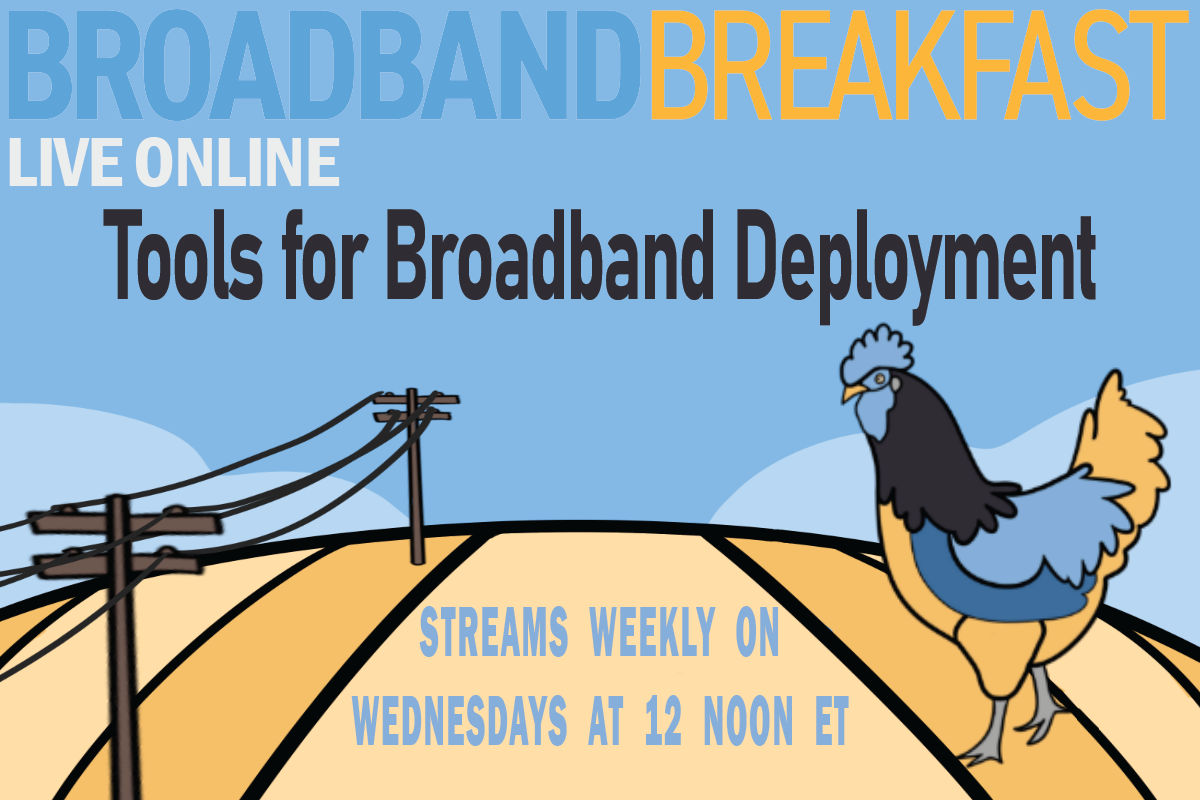
“Tools for Broadband Deployment” is sponsored by:

Render Networks

ADTRAN
- Wednesday, October 21, 2020, 12 Noon ET — “Tools for Broadband Deployment: Preparing for Success”
- Are you ready for rural deployment? The United States is currently in the midst of multiple, significant efforts pushing for Better Broadband for Rural America. Think of the big picture opportunity.
- Wednesday, November 25, 2020, 12 Noon ET — “Tools for Broadband Deployment: Connecting Providers and Customers Faster”
- Case studies of network-building with an all-digital workflow. How fiber-builders are finding success in construction management, workflow processes and on-the-fly changes. In a phrase: Think workflow and business systems.
- Wednesday, December 16, 2020, 12 Noon ET — “Tools for Broadband Deployment: RDOF and Other Rural Broadband Deployments”
- The Rural Digital Opportunity Fund, the Connect America Fund and other rural deployments: How new awardees are laying the future for managing their deployments. Think managing your budget.
- Wednesday, February 3, 2021, 12 Noon ET — “Tools for Broadband Deployment: Mapping the Rural Broadband Buildout”
- Mapping broadband assets is only the first step. This session will explore how end-to-end data is showing that successful rural fiber networks begin with the end in the mind. Think broadband mapping.
- Wednesday, February 17, 2021, 12 Noon ET — “Tools for Broadband: Fueling the Fire of Rural Innovation”
- We’ll showcase how broadband deployment is accelerating the digital future for rural America at a time of COVID-19. Think success.
SUBSCRIBE to the Broadband Breakfast YouTube channel. That way, you will be notified when events go live. Watch on YouTube, Twitter and Facebook.
See a complete list of upcoming and past Broadband Breakfast Live Online events.


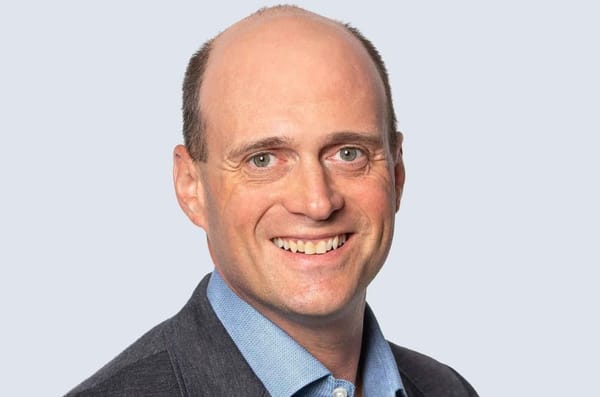
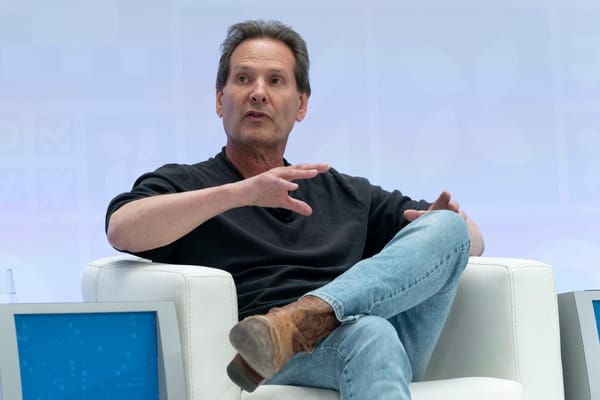
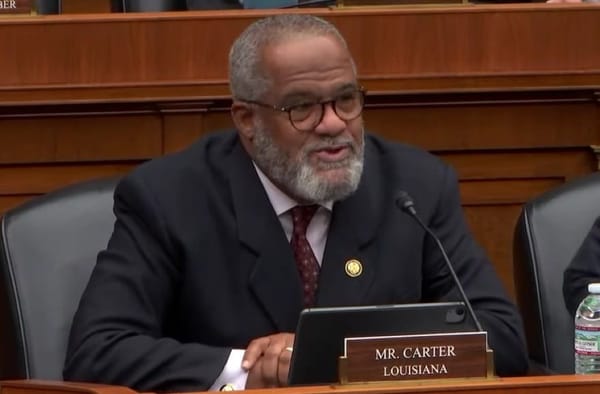
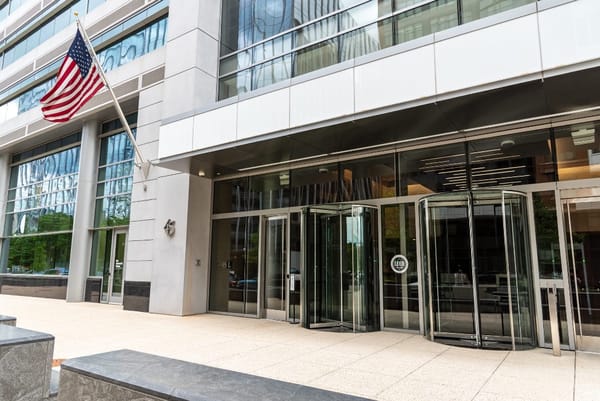




Member discussion